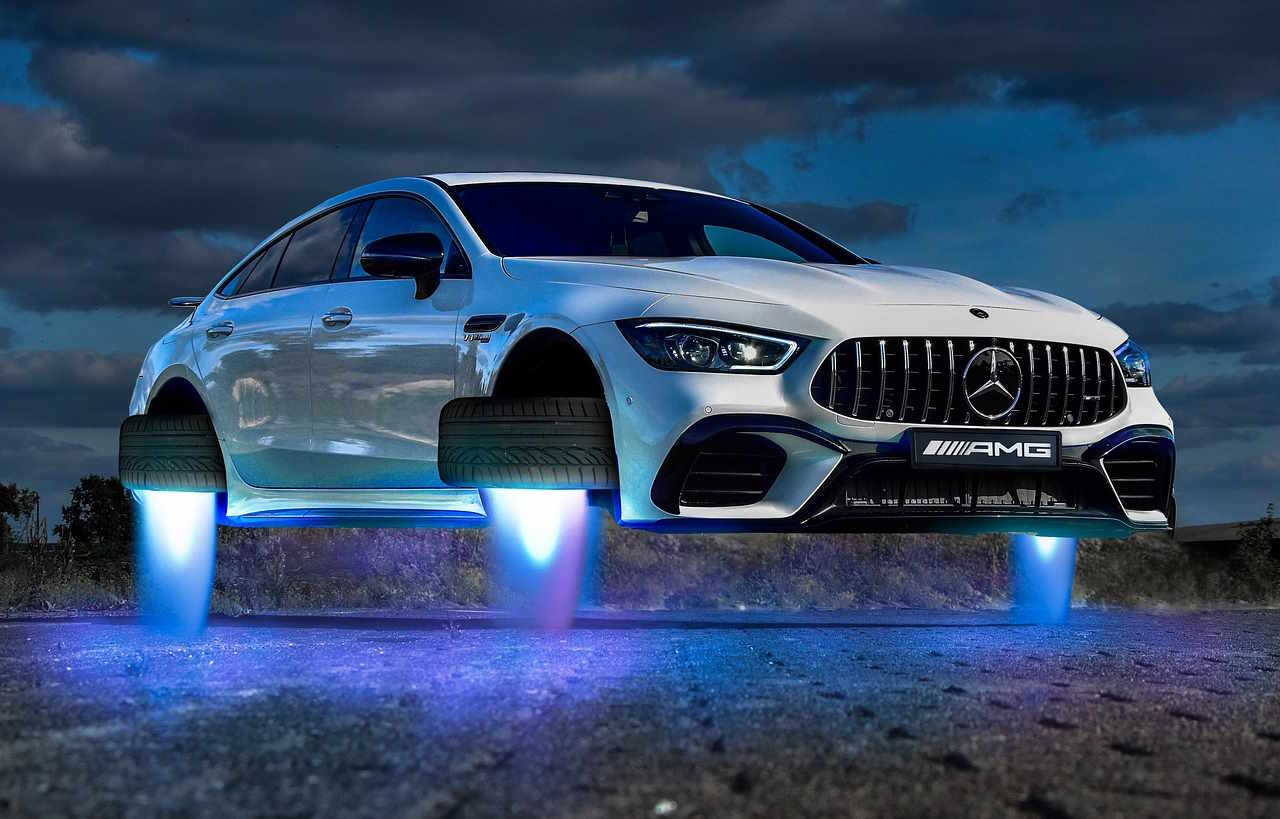The Potential of Personal Air Vehicles: A New Era of Travel
Personal Air Vehicles (PAVs) are no longer a distant dream; they are on the verge of becoming a reality. As an emerging trend in the Travel & Transportation industry, PAVs promise to revolutionize the way we commute. Read below to discover the potential impact of PAVs on our future travel experiences.

The Dawn of Personal Air Vehicles
As congestion increases on urban roads, the need for alternative transportation modes has intensified. Personal Air Vehicles, often referred to as flying cars, are touted as the solution. These vehicles, which combine the convenience of personal transportation with the speed and three-dimensional mobility of air travel, are set to redefine commuting.
The Technology behind PAVs
The development of PAVs requires advancements in several critical technologies like battery power, autonomous flight, and lightweight materials. Companies like Uber, Boeing, and Airbus are already making strides in developing PAV prototypes. The most prominent models are electric vertical take-off and landing (eVTOL) aircraft, which can take off from a vertical position, eliminating the need for runways.
The Potential Impact of PAVs
PAVs have the potential to transform the urban landscape significantly. With flying cars, commutes could be dramatically shortened, and remote locations would become more accessible. This could lead to the decentralization of cities and a rebalancing of urban and rural populations. Moreover, PAVs could also reduce the carbon emissions associated with ground transportation, contributing to a greener future.
The Challenges ahead for PAVs
Despite the potential benefits, many hurdles need to be overcome before PAVs become commonplace. Regulatory frameworks for air traffic control in urban spaces, public acceptance of autonomous flight, and safety requirements are some of the primary challenges. Overcoming these obstacles will require collaboration between innovators, regulators, and the public.
The Future of PAVs
While it may take several years for PAVs to become a regular feature of our skies, the groundwork is being laid now. As technology advances and regulatory and infrastructure challenges are addressed, PAVs could significantly transform the way we travel in the not-too-distant future.
Useful Tips and Facts: - PAVs are expected to be quieter and more energy-efficient than helicopters. - Companies like Uber Elevate aim to launch commercial PAV services by 2023. - PAVs could reduce transportation-related carbon emissions by up to 50%.
Conclusion:
The emergence of Personal Air Vehicles is set to usher in a new era in the Travel & Transportation industry. While challenges lie ahead, the potential benefits of PAVs, from reducing commute times to lowering carbon emissions, make them an exciting prospect for the future of travel. As we stand on the brink of this revolution, it’s clear that the way we travel is about to change dramatically.






